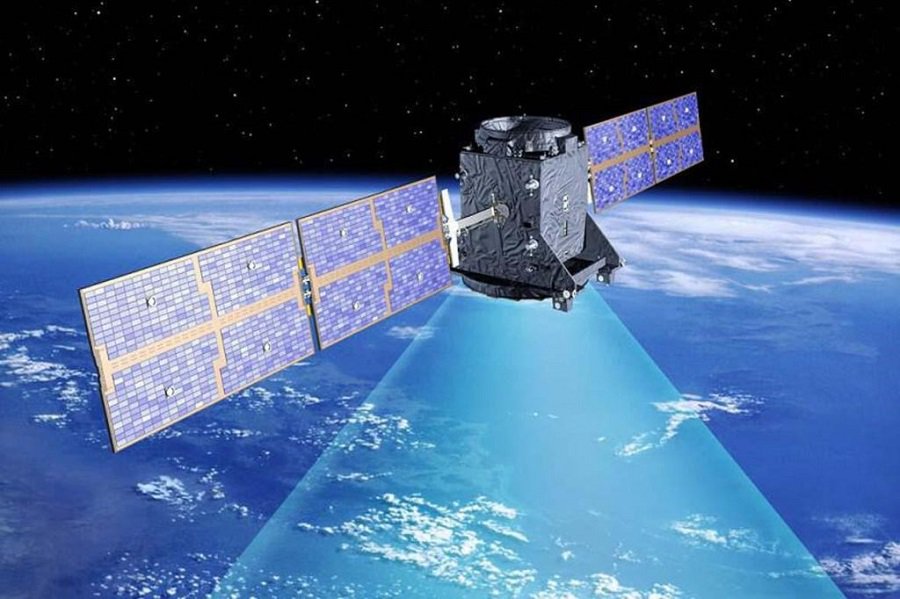India’s ASTROSAT completes five successful years of mapping stars
The ASTROSAT was the first multi-wavelength satellite launched by Indian Space Research Organization (ISRO). It was launched on September 28, 2015. It has now completed five years of successful imaging of celestial objects.
Highlights
The ASTROSAT explored stars, star clusters and mapped large and small galaxies of Milky Way galaxy called “Magellanic Clouds”. The Magellanic Clouds are energetic phenomenon such as Gamma-ray bursts, supernovae, active galactic nuclei. In simple terms, they are called Satellite Galaxies of Milky Way.
The resolution of ASTROSAT is three times better than the resolution of NASA Mission, GALEX.
ASTROSAT
With the success of ASTROSAT, India has become one of the exclusive club of nations to have space-based observatories. The other countries that have space observatories are USA, Japan, European Space Agency, Russia and Japan. The satellite aims to provide high energy processes in binary star systems that contain black holes and neutron stars.
ASTROSAT was the first dedicated Indian Mission that studied celestial sources in X-ray, UV and optical spectral bands simultaneously with its five UV Telescopes and X-ray telescopes. The ground command and control centre of ASTROSAT is located in ISRO Telemetry Tracking and Command Network (ISTRAC), Bangalore
ISTRAC
The ground stations of ISTRAC are located in Bangalore, Hyderabad, Port Blair, Thiruvananthapuram, Sriharikota and Lucknow.
GALEX
GALEX is Galaxy Evolution Explorer. It was launched by NASA in 2003 and it operated till 2012. The mission was to observe hundreds of thousands of galaxies. It aimed to determine the distance of each galaxy from the earth. It also found the rate at which star formation occurs in each galaxy.
ASTROSAT 2
It is the successor of the one launched in 2015. The operation time of ASTROSAT-1 was five years and is ending in 2020. No steps have been taken towards ASTROSAT-2, but a proposal has been made by ISRO.
Month: Current Affairs - September, 2020


